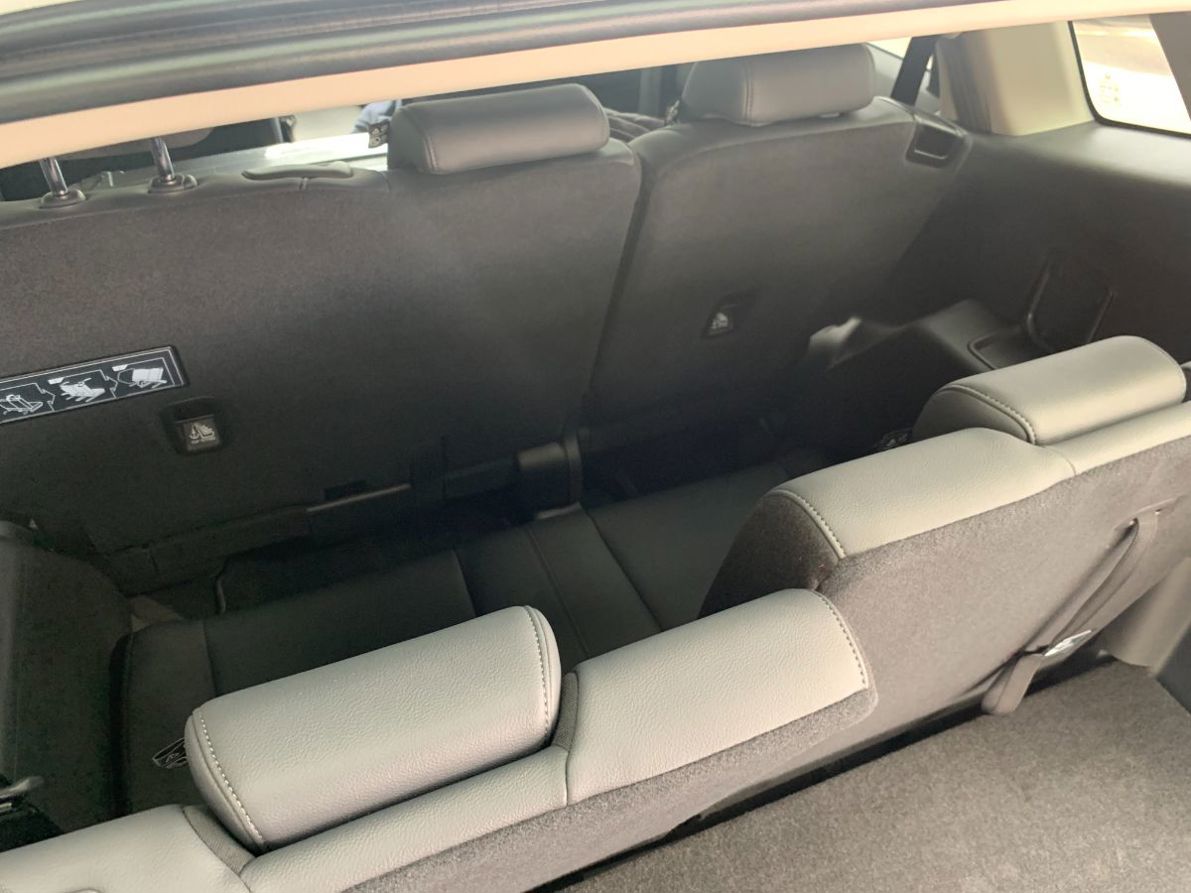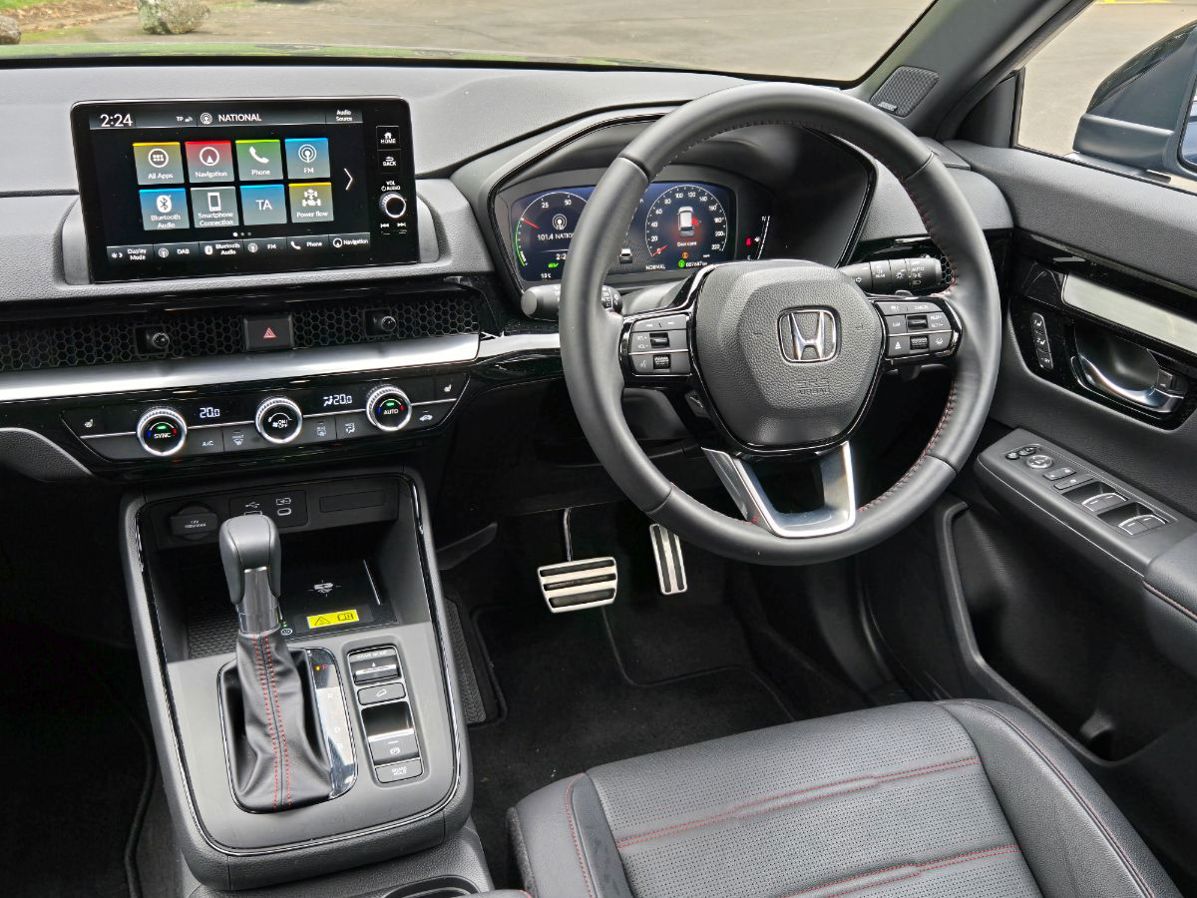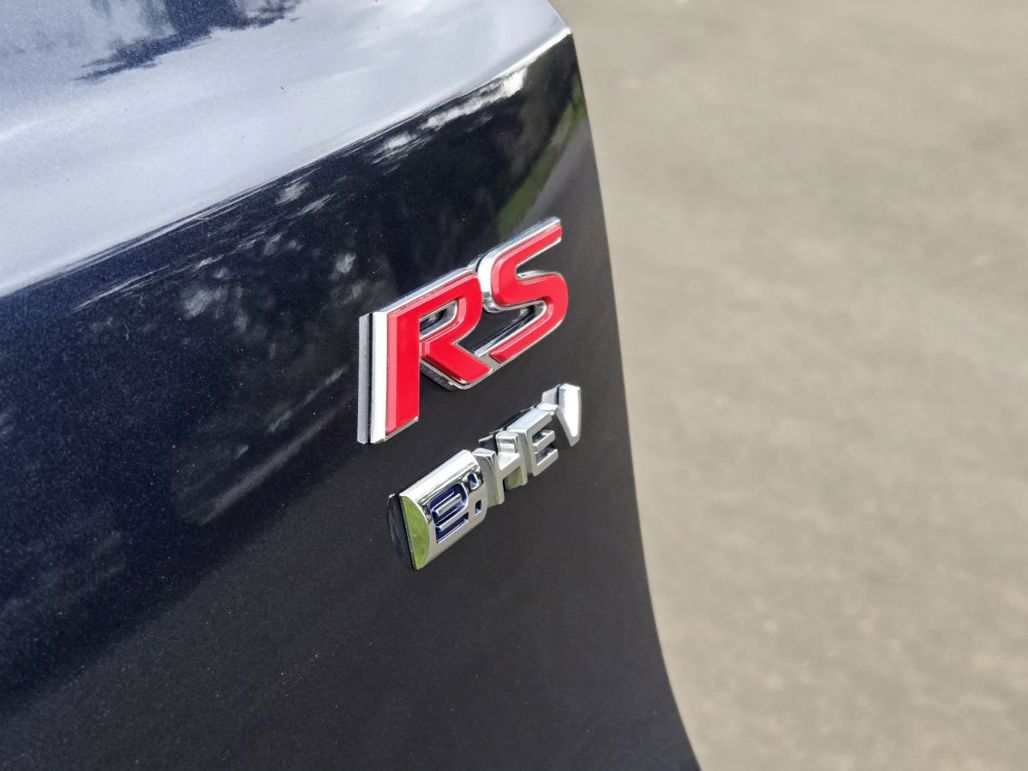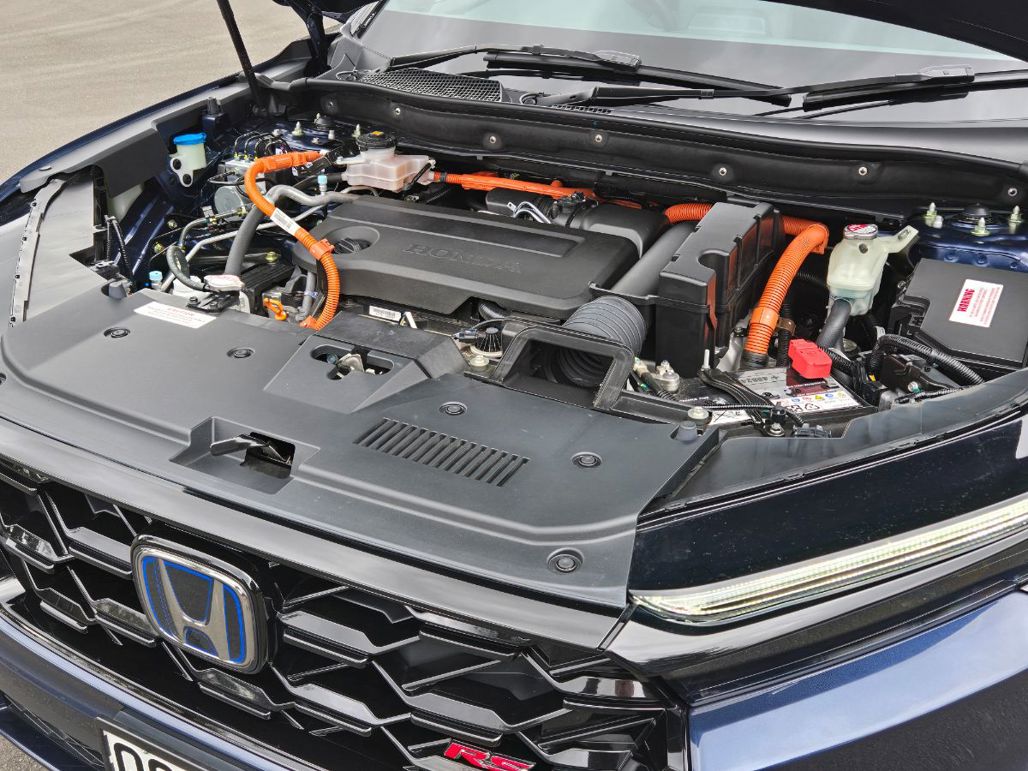Report 1 05/08/24 Report 2 26th September 2024
REPORT 2: (26th September 2024)
Mileage: 9188km
Three months in a Honda CR-V, across the three models in the 2024 range. That is our plan with the Honda CR-V, which kicked things off last month with four weeks in the CR-V RS e:HEV.

The biggest question we left hanging was how its supreme economy would rack up, long-term. David turned in his mid-term report card with an answer of 4.6l/100km after its first few weeks, mostly around the suburbs: aka hybrid heaven. That was an impressive effort, given the official claim of 6.4l/100km.
Things change a little more on the motorway, however, and my commute is 95% 100/110km/h zones, eating up the km between Hamilton and Auckland and back. And it is interesting to monitor fuel use closely and watch it increase ever so slightly when the speed rises from 100 to 110km/h, around 0.1-0.2l/100km.

Weekends are a little different, with suburban sports, errands and shopping runs, helping balance out the hybrid-unfriendly high-speed stuff with the hybrid-friendly stop-go of running around.
Still, after two full week/ends in the RS e:HEV, the fuel use total for me sat at a still impressive 6.8l/100km, which also included an 800km round-trip down to Palmerston North.

And that’s where the journey ended, as we returned the RS, and transferred into the next CR-V model in our range-test of another kind, the petrol-turbo 1.5-litre VTEC Sport 7. The $57k middle-child of the CR-V range, it’s less expensive than the $67k RS, but more than the $53k Sport AWD. There are also Premium sub-models of the Sport for $2k extra that adds black alloys and colour-matched bodykit.
Like the RS, the Sport 7 is only sold in front-wheel drive form, and I’ve never had a problem with that given its 100% on-road use.

In Platinum White Pearl, it’s remarkably similar to the previous Premium White Pearl model we long-termed back in 2021, in our “Fun in a Family Car” six-part series, where we took it to Rainbow’s End, go-karting and even set a timed-lap around Hampton Downs. Since then, my kids have grown from ages 2, 5, and 8yo to 6, 9 and 12, leaving us down to just one booster seat and a little more second-row space.
This model uses the same 1.5-litre VTEC turbo-four, good for 140kW/240Nm. It’s modestly efficient, and though not as fast or frugal as the RS, that’s not its design purpose, either. Its dual-clutch gearbox does a remarkable job at emulating a seven-speed auto, with quick shifts and none of the sluggishness from standstill that DCTs can display.

Working a bit harder than normal during our testing, though Honda claims 7.3l/100km, we tested it at 8.5l/100km, and also managed 9.00 seconds for the 0-100km/h, bettering the old model by a tenth.
The Sport 7’s USP is, of course, its seven-seats, and while the five-seat RS offered a large 581-1064-litres (seats raised/folded), the Sport 7 offers boot space between 150-1457-litres, depending on the seat layout. The payoff of the third row is designed to accommodate humans of the smaller kind, as a 189cm adult is not very comfortable for a long time, I can personally attest - mainly around the leg and foot room. Headroom is fine.

The third row is a 50:50 split, so it can also be a six- or seven-seater, for times demand, and the backrests tilt a little to suit; there are also flip-up cupholders each side.
For other times, it’s a large, practical, and convenient SUV, with a false floor in the boot that somewhat helps it lay flat… with a gap. There is more storage underneath, plus a 12v socket and light in the boot.

Even with the third row raised, it JUST fit my big holiday luggage, though it did need a slight reassuring squeeze while closing, though the fold-down side made it a breeze.
The only real downside switching from RS to Sport 7 was the increase of fuel use, but also the notion and mindset of wasted energy: the beauty of a hybrid is its ability to gather energy normally lost during braking or descents, recovered and storied into a battery. Having that energy lost in an ICE-only car is probably more of an us/DRIVEN problem, but at least the 1.5 VTEC does its best to maintain the performance-economy balance, while saving $10k and seating up to seven.
Unless seven seats are a must, we’d stretch for the RS for the added range and long-term fuel saving.
Next stop, next month, we trade in the Sport 7 for the five-seat Sport AWD to round out our three months in the CR-V range.
- Dean Evans
REPORT 1: (15th August 2024)
Mileage: 7688km
Medium SUVs are still the most popular type of new vehicle year-to-date in New Zealand, and the single powertrain preference that’s actually growing its share in a diminished market is petrol-electric hybrid.

This seems like the perfect time to introduce the newest member of the DRIVEN Car Guide long-term fleet, the Honda CR-V RS e:HEV. We’re kicking off three months of CR-V real-world testing with this Canyon River Blue Metallic model, to see how it fits into our day-to-day driving and family lives.
We’ve enjoyed the CR-V RS previously for its quality, cabin space and impressive driving dynamics: it’s truly an all-new car compared to the previous model (which we also ran as a long-termer), on the same platform as the latest Civic and ZR-V.

We’ve also been impressed with Honda’s e:HEV hybrid technology, which we explored long-term in a Jazz and reviewed extensively in the Z-RV. But we’re keen to see how it performs in a much larger vehicle. It's certainly well run-in, as you can see from the mileage: it's clocked up over 7600km already in press and promotional duties.
Honda’s hybrid tech is a little different to the likes of the rival Toyota RAV4. It has a 2.0-litre petrol engine, which works with one electric motor to produce precious electricity. Another e-motor actually drives the wheels, although in some circumstances the engine can engage directly with that first motor to help drive the wheels.

Sound complicated? It is. But you really don’t have to worry about any of that. Just drive.
Opting for the e:HEV does mean we’re living large in CR-V land, because it’s only available with the top RS specification, leather upholstery and all, for $67,000.

And if there’s one obvious technical downside, it’s that e:HEV only comes with FWD. Another possible one is that the new platform does not allow the CR-V to have Honda’s brilliant Magic Seat system; so whether the generous 581-litre boot is enough to make up for that remains to be seen.
The RS is the least financially accessible CR-V and you could argue there are other models that have a broader range of talents, even if you’re not enjoying clever hybrid technology. That’s why we said we’re “kicking off” with the RS; because we’re planning to swap between it, a conventional-petrol turbocharged Sport with AWD and the Sport 7 with third-row seating as we go along. So we’re planning to tick quite a few boxes over the coming months, with CR-Vs ranging from $53,000 through to our flash $67k RS.

It was straight into the deep end for our CR-V; immediately following collection it was used to travel from central Auckland to Pukekohe, as transport for us to collect a TrailLite 300 motorhome for review.
It’s well known that hybrids aren’t at their best in long distance driving, when there’s much less opportunity to regen and charge their small batteries to maximise electric running.

With that in mind, we were deeply impressed with the 4.6l/100km recorded by this largish family SUV for its first out-of-town experience. It was by no means an economy run, mostly 100km/h (or with the traffic) and in fact Honda’s adaptive cruise control was set most of the way as well, which is by no means the best way to extract maximum fuel efficiency. But it is the best way to enjoy kilometres of motorway running.
We’re looking forward to finding out what it’ll do once settled into day-to-day driving. Better or worse than our first-week benchmark? Place your bets.
- David Linklater
What is the Honda CR-V?
The latest version of the Japanese maker's long-running medium crossover-SUV (like, it was one of the first of the genre, alongside the Toyota RAV).
Why are we running it?
To put the CR-V models' various ICE/hybrid and seating configurations to the real-world test.

















